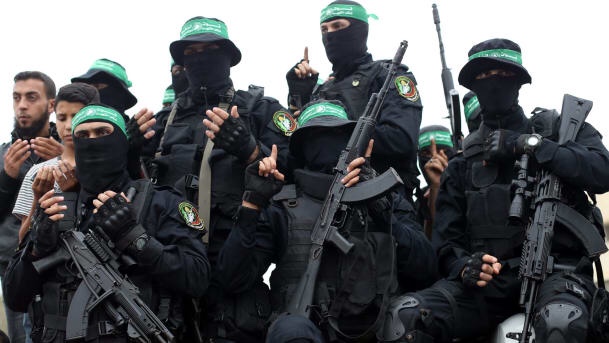 The Only Effective Option for Stopping Hamas Is Off the Table—For Now
The Only Effective Option for Stopping Hamas Is Off the Table—For NowNOV. 27 2018
By the time the second intifada began in 2001, Hamas and Fatah had built up a powerful terrorist infrastructure in the West Bank; only by reoccupying the territory did Israel succeed in putting an end to Palestinian attacks. Likewise, argues Evelyn Gordon, the only way to end Hamas’s rocket fire and other attacks would be to reoccupy the Gaza Strip—at a price that few Israelis today are willing to pay:
[Reoccupying] Gaza would have very high costs—in soldiers’ lives, in international opprobrium, and possibly in saddling Israel with responsibility for Gaza’s civilian problems. . . . No democracy could undertake such a costly plan without widespread public support, but especially not Israel, because any major military operation requires a massive call-up of reservists, and Israeli reservists tend to vote with their feet. They’ll show up in droves for an operation with broad support, but an operation widely considered unjustified will spark major protests. . . .
But with the option of reoccupying Gaza unavailable, the two main options left are both short-term fixes. One is a smaller-scale military operation. The last such operation, in 2014, bought Israel’s south three-and-a-half years of almost total quiet, but at a price (for Israel) of 72 dead and massive international opprobrium. Another such operation might buy a similar period of calm, but at a similar or even higher cost. And it would have to be repeated again in another few years, by which time Hamas may be better armed and capable of exacting an even higher price.
The second option, which [Prime Minister] Netanyahu evidently favors, is to negotiate a long-term ceasefire. This might buy a similar period of quiet, though since it hasn’t been tried before, there’s no guarantee. And it has several obvious advantages: no deaths, no international opprobrium, and most likely, greater support within Israel (though, judging by past experience, not abroad) for a more forceful response once the ceasefire collapses, as it will at some point.
But this option also has some obvious downsides. First, it’s devastating to Israeli deterrence, since it shows that firing rockets is a good way to get Israel to capitulate to your demands. Second, it ensures that when the inevitable next round arrives, Hamas will be able to inflict much more damage than it could today. . . . Either of these options would only postpone the inevitable: barring a miracle, Hamas will eventually become overconfident and cause Israel enough anguish to provoke it to reoccupy Gaza.
No comments:
Post a Comment